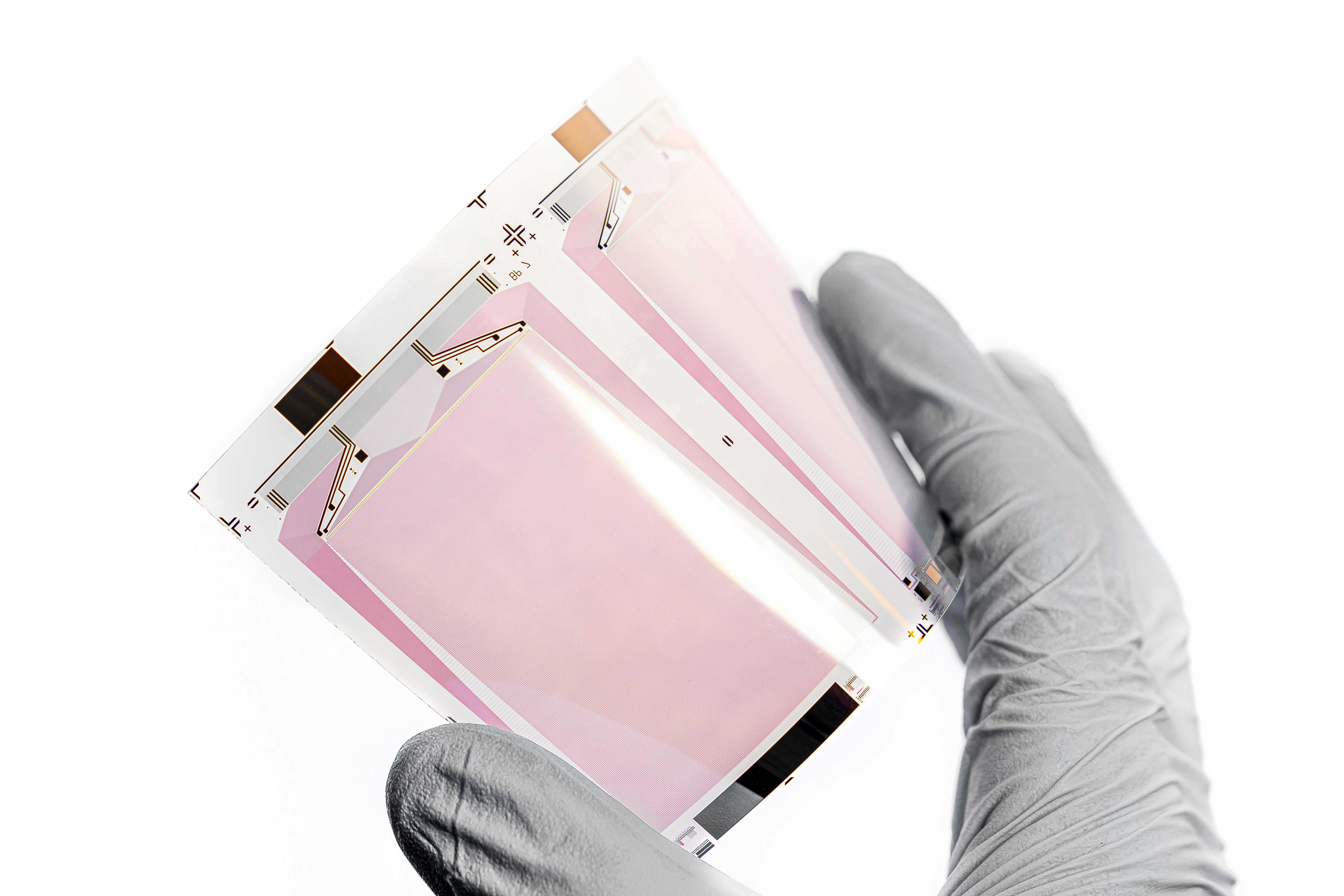Liquid Crystal Elastomers: Shapeshifters of the Tech World
In the ever-evolving landscape of materials science, a peculiar class of substances is catching the eye of researchers and tech enthusiasts alike. Liquid Crystal Elastomers (LCEs) are emerging as the chameleons of the tech world, promising to revolutionize everything from robotics to wearable devices. These shape-shifting materials blend the orderly molecular structure of liquid crystals with the flexibility of elastomers, creating a unique hybrid that responds to stimuli in ways that could transform our interaction with technology.

The key to LCEs’ remarkable properties lies in their molecular structure. The liquid crystal components are typically rod-like molecules that can align in specific directions, while the elastomer network provides the necessary flexibility. When these elements are combined, they create a material that can be programmed to respond in precise ways to external triggers.
A Shape-Shifting Symphony
One of the most intriguing aspects of LCEs is their ability to change shape on command. This property, known as actuation, allows these materials to convert energy directly into mechanical work. For instance, when exposed to heat or light, an LCE can contract, expand, or bend in predetermined ways.
This shape-shifting ability isn’t just a party trick—it has profound implications for various technologies. Imagine soft robots that can navigate complex environments by changing their form, or medical devices that can be inserted into the body in one shape and then expand to perform a specific function. The possibilities are as vast as they are exciting.
From Labs to Real-World Applications
While LCEs have been studied in laboratories for decades, recent advancements are pushing them closer to practical applications. Researchers are exploring their use in areas ranging from artificial muscles for robots to smart textiles that can adapt to environmental conditions.
One particularly promising area is in the field of haptic feedback devices. LCEs could be used to create more realistic and responsive touchscreens, providing users with a tactile sensation that mimics the feel of physical buttons or textures. This could lead to more immersive virtual reality experiences or improved accessibility features for those with visual impairments.
The Price of Innovation
As with any emerging technology, the cost of developing and implementing LCE-based solutions remains a significant factor. While precise figures are difficult to pin down due to the variety of potential applications, experts estimate that initial commercial products utilizing LCEs could command premium prices in the range of hundreds to thousands of dollars.
However, as manufacturing processes improve and economies of scale come into play, these costs are expected to decrease significantly. The potential market impact is substantial, with some analysts projecting that LCE-based technologies could disrupt industries worth billions of dollars, from consumer electronics to healthcare.
Challenges on the Horizon
Despite their promise, LCEs face several hurdles on their path to widespread adoption. One of the primary challenges is scalability—while creating small samples in a lab is relatively straightforward, manufacturing large quantities of consistent, high-quality LCEs remains difficult.
Another obstacle is the need for more robust and diverse stimuli responses. While current LCEs react well to heat and light, researchers are working on developing materials that can respond to a broader range of triggers, including electrical and magnetic fields, as well as chemical signals.
The Future Bends Towards LCEs
As research continues and new applications emerge, Liquid Crystal Elastomers are poised to become a key player in the next generation of smart materials. Their unique properties offer solutions to challenges in fields ranging from soft robotics to biomedical engineering, and even aerospace technology.
The journey of LCEs from laboratory curiosities to practical applications is a testament to the power of interdisciplinary research. By combining principles from chemistry, physics, and materials science, researchers have created a material that could fundamentally change how we interact with technology.
As we look to the future, it’s clear that the flexibility and responsiveness of LCEs will play a crucial role in shaping the devices and technologies of tomorrow. From shape-shifting smartphones to adaptive architecture, the only limit to the potential of these materials seems to be our imagination. The era of static, unyielding gadgets may soon give way to a more dynamic, responsive technological landscape—one that bends, stretches, and adapts to our needs in ways we’re only beginning to explore.





